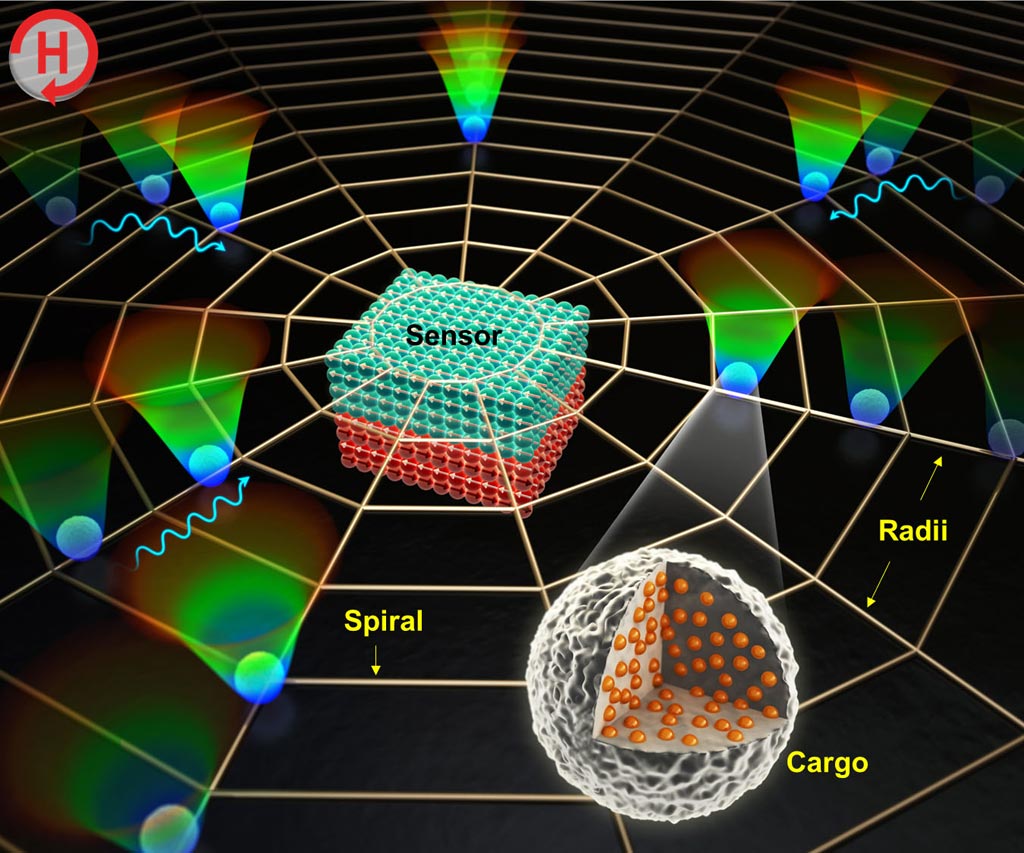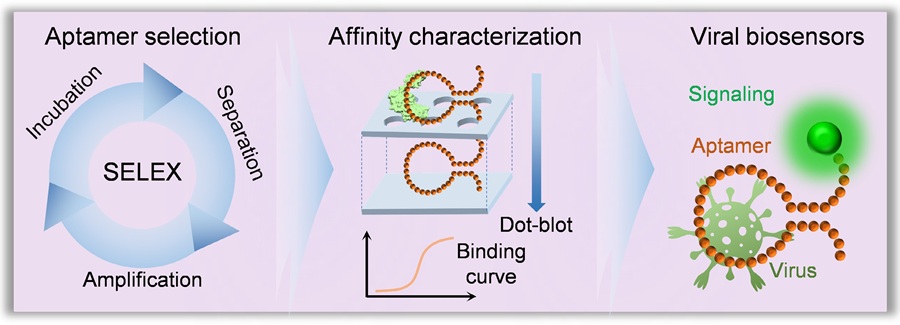Platform Speeds Biomolecule Detection Using Magnetic Web
By LabMedica International staff writers
Posted on 01 May 2017
Researchers have used micromagnetophoretic network patterns that resemble spider webs to develop an improved diagnostic and treatment-monitoring technology. By overcoming the diffusion-based transport limitation, their lab-on-a-chip (LOC) platform has achieved 20 times faster detection capability than existing biosensors.Posted on 01 May 2017
A research team from Daegu Gyeongbuk Institute of Science and Technology (DGIST; Daegu, Korea) led by Professor CheolGi Kim developed the platform, which increased the ability to collect low-density biomolecules by attracting biomolecules labeled with the superparamagnetic particles to the sensing area.

Image: A diagram of a biosensor platform using magnetic patterns resembling a spider web (Photo courtesy of DGIST).
"The existing biosensors require long time to detect low-density biomolecules and result in poor sensing efficiency as they only depend on diffusion. The magnetic field based biosensor platform improves the collection capability of biomolecules and increases the speed and sensitivity of the biomolecules movement,” said Prof. Kim, “We are planning to use this platform for early diagnosis as well as recurrence diagnosis of diseases such as cancer."
The sensing capability of a biosensor is determined by the resolution of the sensor itself and the movement and reaction rate of molecules. Many research groups have been improving the resolution through the development of nanomaterials but there has been a limitation to improving sensor sensitivity due to the low diffusion transport of biomolecules (e.g. proteins, DNA) toward the sensing region.
The team used a magnetic field in order to overcome the drawback that the biomolecules movement is slow when transport depends only on diffusion. The biomolecules labeled with superparamagnetic particles and the use of an external magnetic field enabled the movement of the biomolecules to be easily controlled and detected with an ultra-sensitive magnetic sensor.
First author Byeonghwa Lim, PhD student at DGIST, added: "We placed a spider web-shaped micro-magnetic pattern, which was designed to move the superparamagnetic particles toward the center of the biosensor, and a high-sensitivity biosensor on the platform. When a rotating magnetic field is applied to a spider web-shaped magnetic pattern, it can attract biomolecules labeled with superparamagnetic particles faster to the sensor. The speed of the movement is very fast and it can detect the subject 20 times faster than the diffusion method."
The team also succeeded in monitoring the biomolecules, conjugated to the superparamagnetic particles, at a distance from the sensing area. In addition, they found that the superparamagnetic particles not only play the role in biomolecular cargo for transportation, but also act as labels for the sensor to indicate the location of biomolecules.
The study, by Lim B et al, was published March 31, 2017, in the journal NPG Asia Materials.













